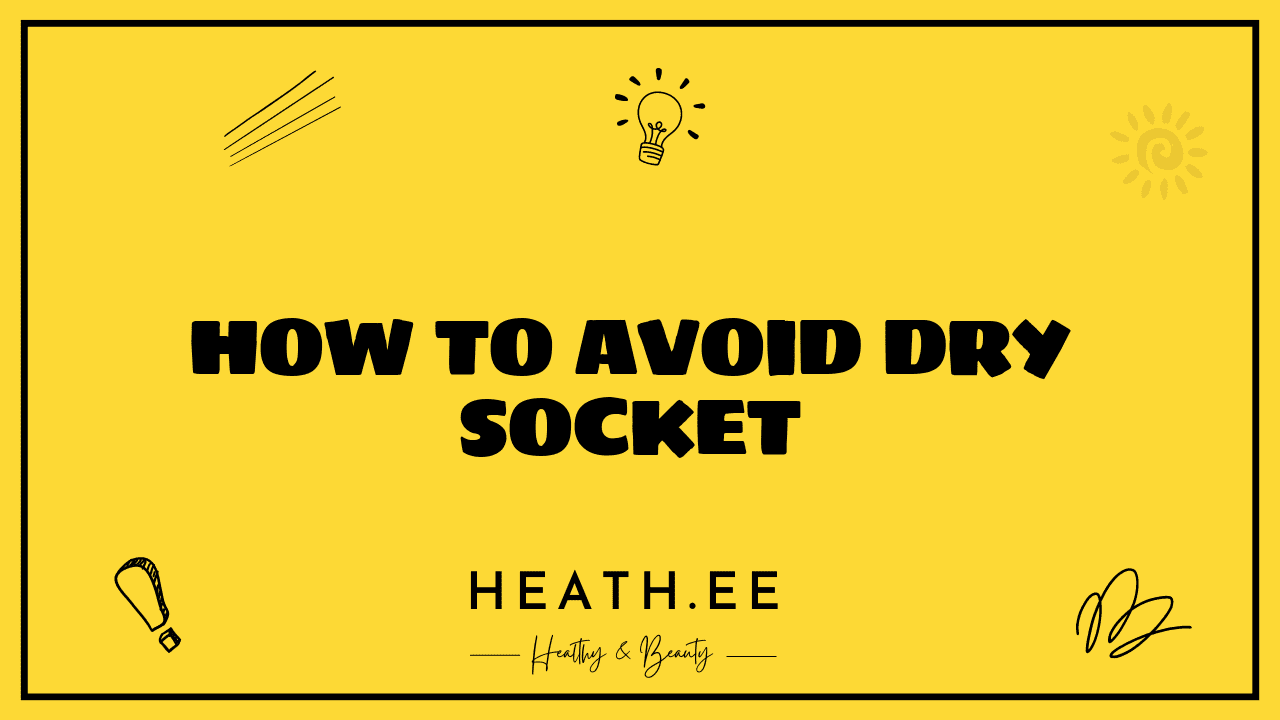Dry socket is a painful dental condition that can occur after a tooth extraction, and it’s something that nannies need to be aware of. The condition is caused when the blood clot that forms in the empty tooth socket is either lost or doesn’t form properly. Nannies should be aware of the signs and symptoms of dry socket, as well as how to prevent it from occurring. Here’s a guide to help nannies understand the condition and how to avoid it.
What is Dry Socket?
Dry socket is a condition that can occur after a tooth extraction. It occurs when the blood clot that normally forms in the empty tooth socket is either lost or doesn’t form properly. Without the clot, the bone and nerves in the socket are exposed, leading to pain, infection, and other complications.
Dry socket is relatively common, occurring in up to 10% of extractions. It is more common in certain types of extractions, such as wisdom teeth and molar extractions. It is also more common in smokers, diabetics, and those with poor oral hygiene.

Symptoms of Dry Socket
The most common symptom of dry socket is pain. The pain typically begins 1-3 days after the extraction and is usually more intense than the usual post-extraction pain. The pain can be felt in the jaw, ear, and even down the neck. Other symptoms of dry socket include bad breath, an unpleasant taste in the mouth, and an unpleasant smell coming from the socket.
Causes of Dry Socket
The exact cause of dry socket is not known, but there are certain factors that can increase the risk of developing it. These include smoking, poor oral hygiene, and certain medications such as birth control pills. In addition, certain types of extractions, such as wisdom teeth and molar extractions, are more likely to cause dry socket.

How to Prevent Dry Socket
The best way to prevent dry socket is to practice good oral hygiene and follow your dentist’s instructions for aftercare. This includes avoiding smoking and drinking through a straw for at least 24 hours after the extraction. It is also important to keep the area clean and to avoid eating hard or crunchy foods.
Treatment for Dry Socket
If dry socket does occur, treatment is usually necessary to relieve the pain and prevent infection. Treatment typically involves cleaning the socket and applying a medicated dressing to the area. In some cases, antibiotics may be prescribed.
Home Remedies for Dry Socket
In addition to medical treatment, there are several home remedies that may help to relieve the pain and other symptoms of dry socket. These include rinsing the mouth with warm salt water, applying a cold compress to the area, and taking over-the-counter pain medications.
When to See a Doctor
If you experience any of the symptoms of dry socket, it is important to see a doctor right away. A doctor can diagnose the condition and provide treatment to relieve the pain and prevent infection.
Conclusion
Dry socket is a painful condition that can occur after a tooth extraction. Nannies should be aware of the signs and symptoms of dry socket, as well as how to prevent it from occurring. Treatment is usually necessary to relieve the pain and prevent infection. In addition, there are several home remedies that may help to relieve the pain and other symptoms of dry socket. If you experience any of the symptoms of dry socket, it is important to see a doctor right away.



